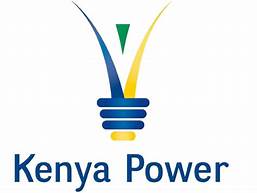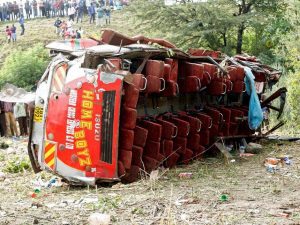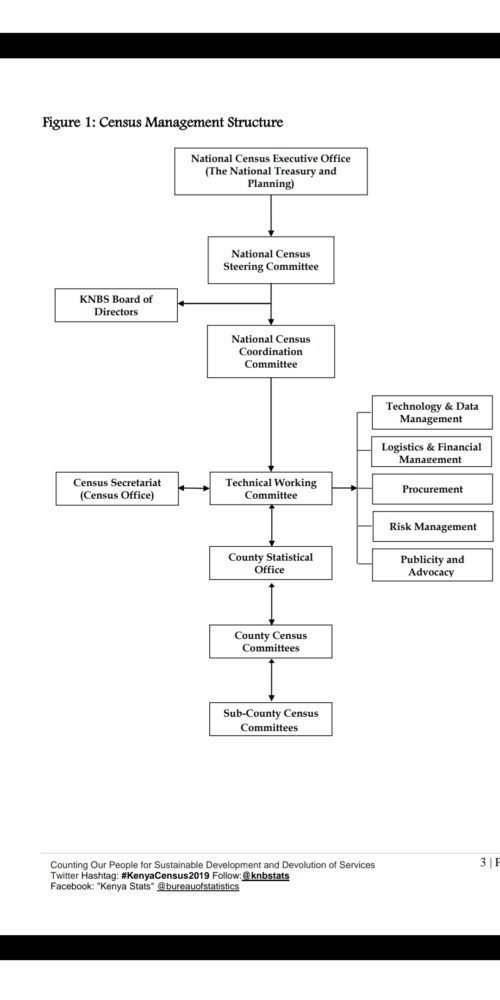Uses of the census data
The data that was collected through the recent census exercise is the most comprehensive in the history of a country. Kenya is one of the few African countries that has consistently held censuses every ten years since independence. Furthermore, Kenya is among the first countries in the continent to undertake a digital census, where live data is received, and data quality is continuously monitored.
Why should the government invest in a census?
International obligations
Kenya is a signatory to the United Nations’ Agenda 2030, which has set for itself 17 Sustainable Development Goals (SDGs). The goals seek to ensure that no one is left behind as the world strives to eradicate poverty in all its forms globally.
The Continent has also set for itself the African Union Agenda 2063. One of the aspirations of this Agenda, is ‘An Africa, whose development is people-driven, relying on the potential of African people, especially its women and youth, and caring for children’. It is imperative, therefore, that African countries, Kenya included, understand the composition of their populations, through censuses in order to plan for them.
As a Government there is need to establish the size of the population, how many Kenyans are employed, those who have decent housing and the assets that Kenyans own. With this knowledge, it becomes possible to determine which section of the population requires additional support in order to alleviate poverty.
The Big Four Agenda
As the Government implements the Big Four Agenda, data collected through the census exercise is very important for evidence-based planning and will therefore play a key role in decision making process. The census outcome is expected to impact the four pillars of the Agenda in the following ways:
A. Food and nutrition security
Many people have been wondering why the Kenya National Bureau of Statistics included a comprehensive agriculture module, which features questions on whether households practice agriculture or own livestock. We all know that agriculture is the backbone of our economy. The sector is crucial in enabling the country to feed its people and therefore become food and nutrition secure. For these reasons, information provided in this module will enable us to determine our potential for food production.
B. Manufacturing
This census has relied very much on digital technology. The mobile devices and other accessories that are being used for data collection were assembled locally by Moi University in Eldoret and Jomo Kenyatta University of Agriculture and Technology in Kiambu County. The assembly process created employment opportunities for many young Kenyans while also promoting the “Buy Kenya Build Kenya” initiative. At the same time, the process resulted in acquisition and transfer of valuable knowledge and skills.
Further, cartographic mapping that was carried out in the pre-enumeration period provided valuable geospatial data on geographic locations of areas with high population density. Such information is important in informing decisions such as where to locate industries that can tap into our well- educated work force in order to boost manufacturing. The census data also provides details of the industries that engage our workforce.
C. Universal health
Planners also use census data to determine the best locations to put up public amenities including hospitals and health centres. The Government’s aspiration to provide universal health coverage can only be achieved if information on population distribution is readily available.
D. Affordable Housing
The census exercise also sought to get information on housing. In this regard, information collected includes the type and location (rural or urban) of the dwelling units, the number of habitable rooms, and the types of available facilities such as water, toilets, sewerage and the type of cooking and lighting fuels. Data on housing provides insights into the type and quality of housing that exists in rural and urban areas throughout the country.
The census data therefore, allows planners to assess changes in the quality of housing and related facilities and plan for future housing needs. This information will enable government to determine the gap in housing and plan better on how to fill the gap. This way, the affordable housing pillar of the Big Four agenda will be realized.









